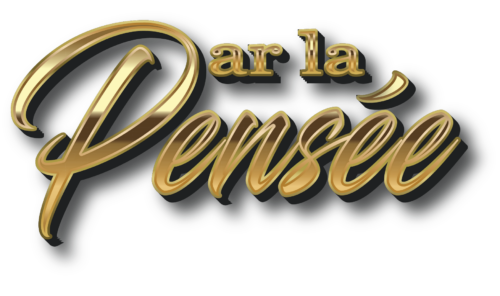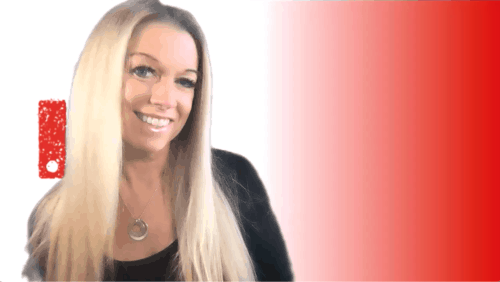My last blog was about visualization. Are you familiar with it? It turns out: It doesn't work... Unless you do it in a very specific way. See what I mean HERE.
Don't you love it when you have a brilliant idea? When your creative juices are flowing, when you find solutions for everything? We face stuff every day of our lives. Isn't it just great when our brain actually works like we want it to? Today, I'm going to give you three different physical positions that actually affect your brain.
The first one is activated by the locus coeruleus. It's actually Latin for "blue spot". It's this little area in your brain.
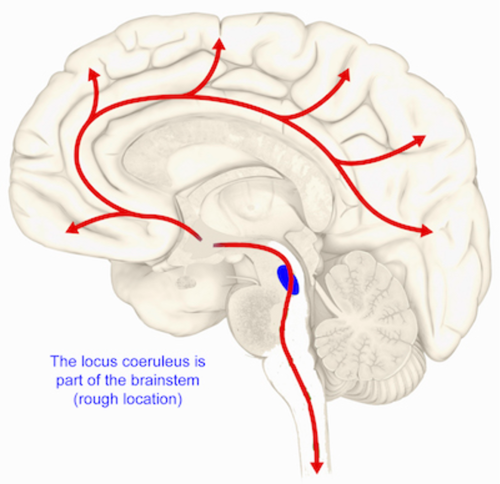
It's situated at the very base of the brain, where it connects with the spine. Now, when this little blue spot is activated, it produces a stress hormone. That hormone is called noradrenaline. It increases your heart rate, increases your blood flow, and it releases energy. Now, the problem with noradrenaline is that it may impair certain types of thinking, including flexibility and creativity. So, your ability to think outside the box is impaired when noradrenaline flows through your body.
Laying down actually decreases the activity of the locus coeruleus and it decreases the noradrenaline flow, which will help your creativity and your flexibility. The simple action of laying down in order to think will make you generate more ideas. Isn't that interesting? The next time you feel stuck or the next time you have a problem to solve, lay down for a second. And if you are working in an office and your coworker witness you on the floor of your office, then just tell them why!

Now for the second position: Having your arms crossed. Contrary to the popular belief that when we have our arms crossed, we are closed, research shows that actually, crossed arms are associated with stubbornness. And stubbornness also means resilience. So somehow, when you have a problem to solve, you will be more successful in solving your problem if you cross your arms. Isn't that interesting? Very often, we believe that when our arms are crossed, it's because we are not open and yet, research shows the opposite. When it comes to trying to solve a problem, when we cross our arms, we become a lot more resilient and we're able to have more creativity. We're able to push through longer and have more endurance and perseverance.

Now I have to say, as a professional speaker, there's a lot of different beliefs that we have. When you're on a stage and you see somebody with their arms crossed, it might help to know that they may just be expressing their resiliency. Because very often, what we think as professional speakers, looking at the crowd and noticing somebody with crossed arms, is believe that they are closed to our message. Yes, it is important to physically look at body language, and I agree with that, but in the moment, while I am on stage, when I notice this, I make up a story as to why they could have their arms crossed. Here's what I tell myself every single time, because it helps me be in a more resourceful position: I tell myself that they're cold. The reason why they have their arms crossed is because they're cold. Not because they're closed to my message. Because it's not going to help me be resourceful if I tell myself that the person that's crossing their arms in front of me is mad at me or closed to my message or hates me and all the things that go with it.
The last position that I want to talk about is the effect of the motion of pulling and pushing. We even see it in infants. When an infant wants something, they reach for it and they pull it towards them. When an infant does not want something, they push it away. From a very young age, we associate certain motions to like and dislike. If you like something, you pull it towards you. If you dislike something, you push it away.

Just before you're about to do a task that you might not like, or something that you might not be comfortable with, pull on something first. Physically. Pull on your desk. Even if your desk doesn't move, just go through the motion of actually pulling something and more likely, that will create a neural pathway in your brain that you might be in a "liking" mode. That will really help.
I want to bring something else up, while we're talking about pulling. Let's say you have to move a piece of furniture. You might use a rope. You would take the rope and wrap it around the piece of furniture you have to move, and you would pull on the rope.
Now wrap a rope around a piece of furniture and try to push on it. See what happens. Nothing!
When we talk about leadership, when we talk about influencing people, our goal should always be to have people pull us towards them, more than to have to push our stuff towards them. Remember that: The motion of pulling means liking. The more you can make yourself needed, the more you can offer a solution to their problem and have them pull you towards them, the more successful you will be, because that will create a message that they actually like you. If you're simply pushing your stuff on them, it's not necessarily going to be a good message for them.
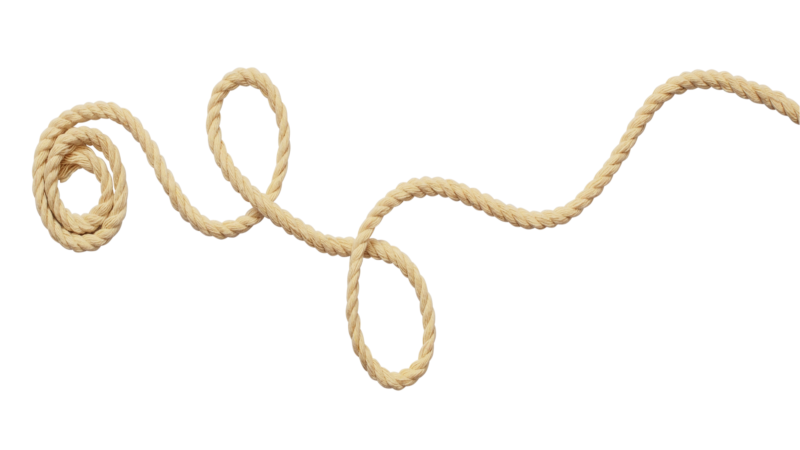
Remember these three movements.
1. Lay down when you want to have more creative juices in your brain.
2. Cross your arms when you want to be more resilient and more perseverant.
3. Physically pull on something when you want to make your brain think that you like something or choose to have a marketing strategy to have your clients pull you towards them. They will have a better way of liking what you have to offer.
So here they are, those three simple moves that can make your brain work better for you!
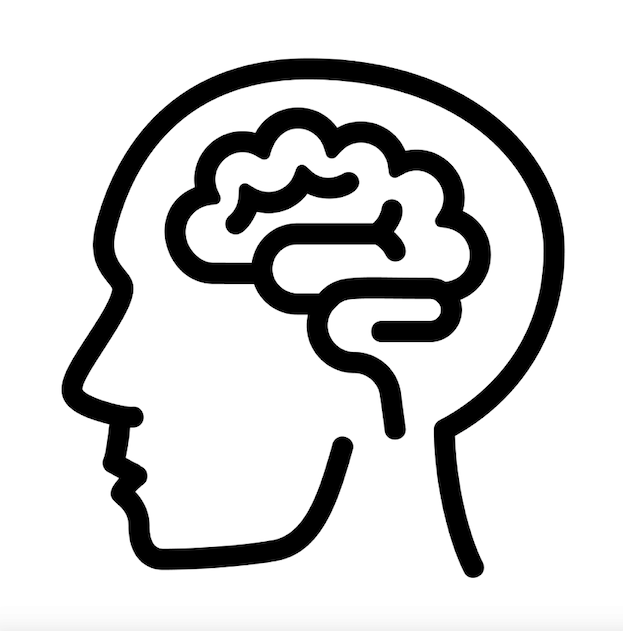
DO YOU DOUBT YOURSELF SOMETIMES?
Tired of hearing this nagging voice inside your head? Download your copy of the Confidence Guide to discover 15 Keys to Find Confidence & Unlock Your Full Potential.
The Guide includes:
- The List of the 15 Keys to Confidence
- Questions for You to Assess Your Current Situation
- Questions for You to Take Action
Check out some of my previous blog posts...

